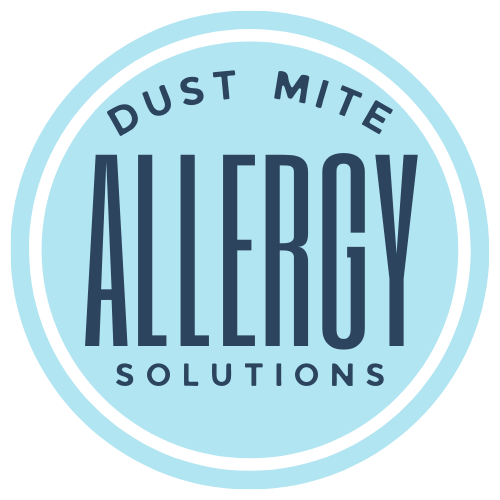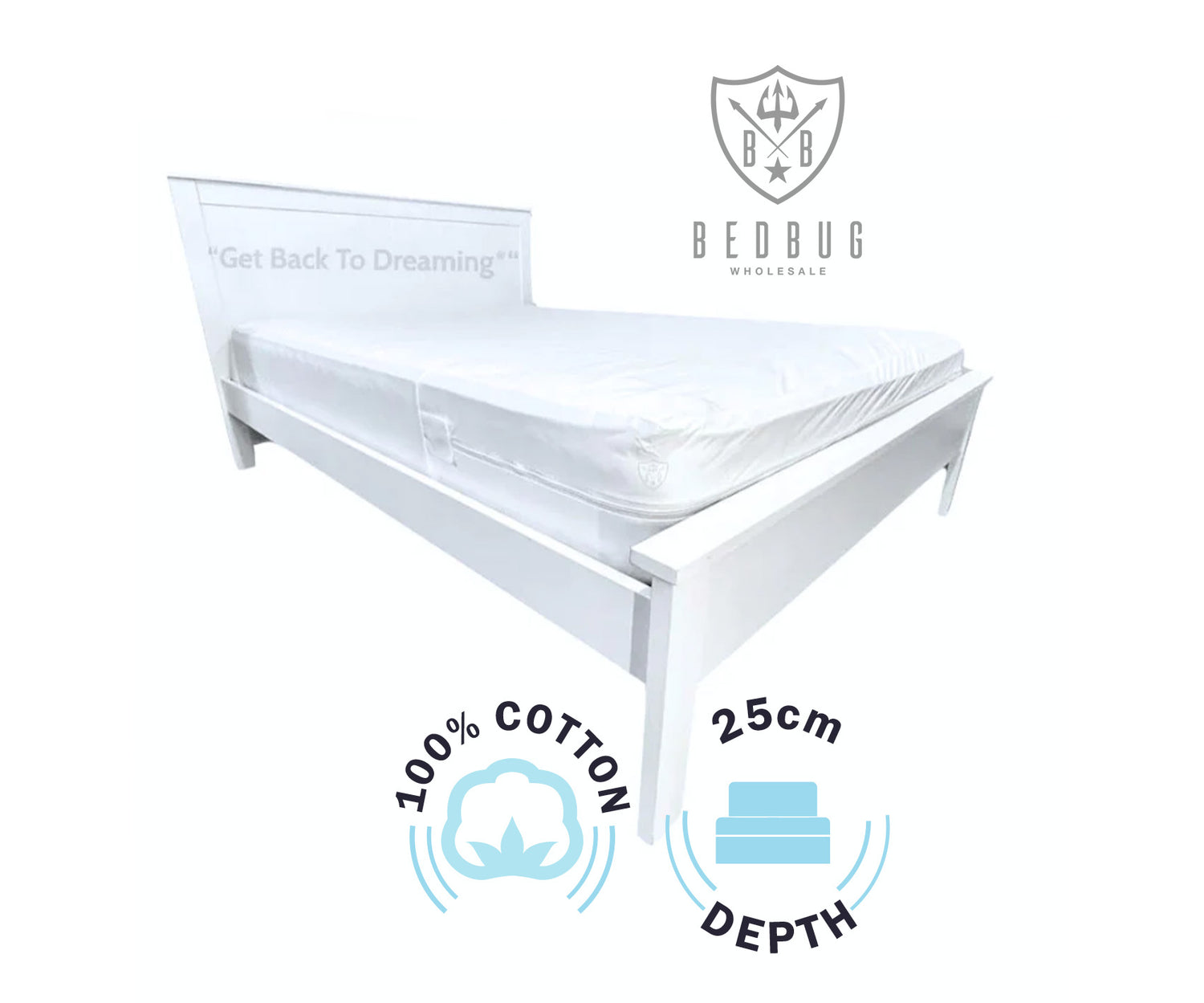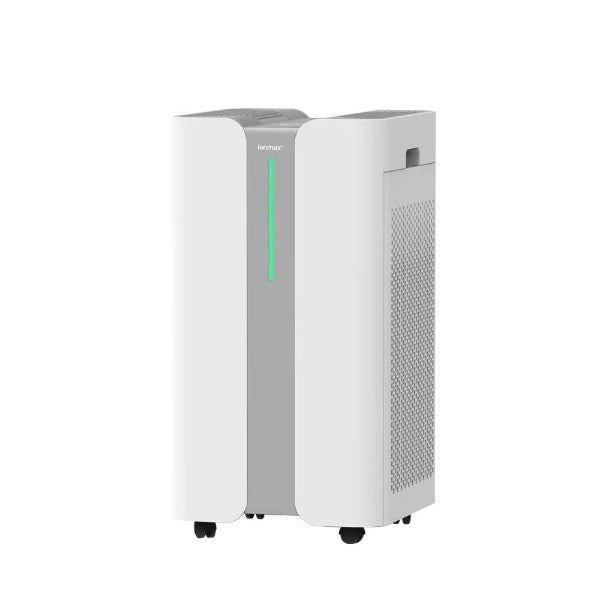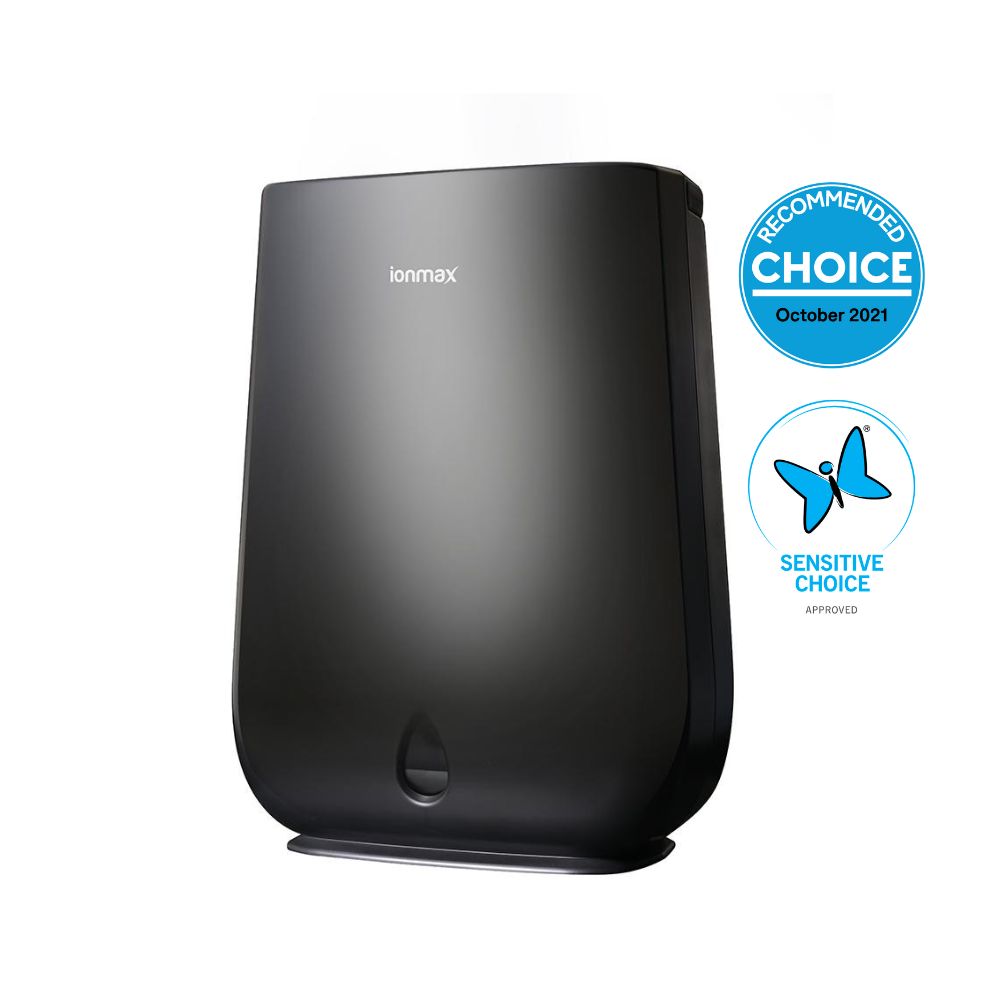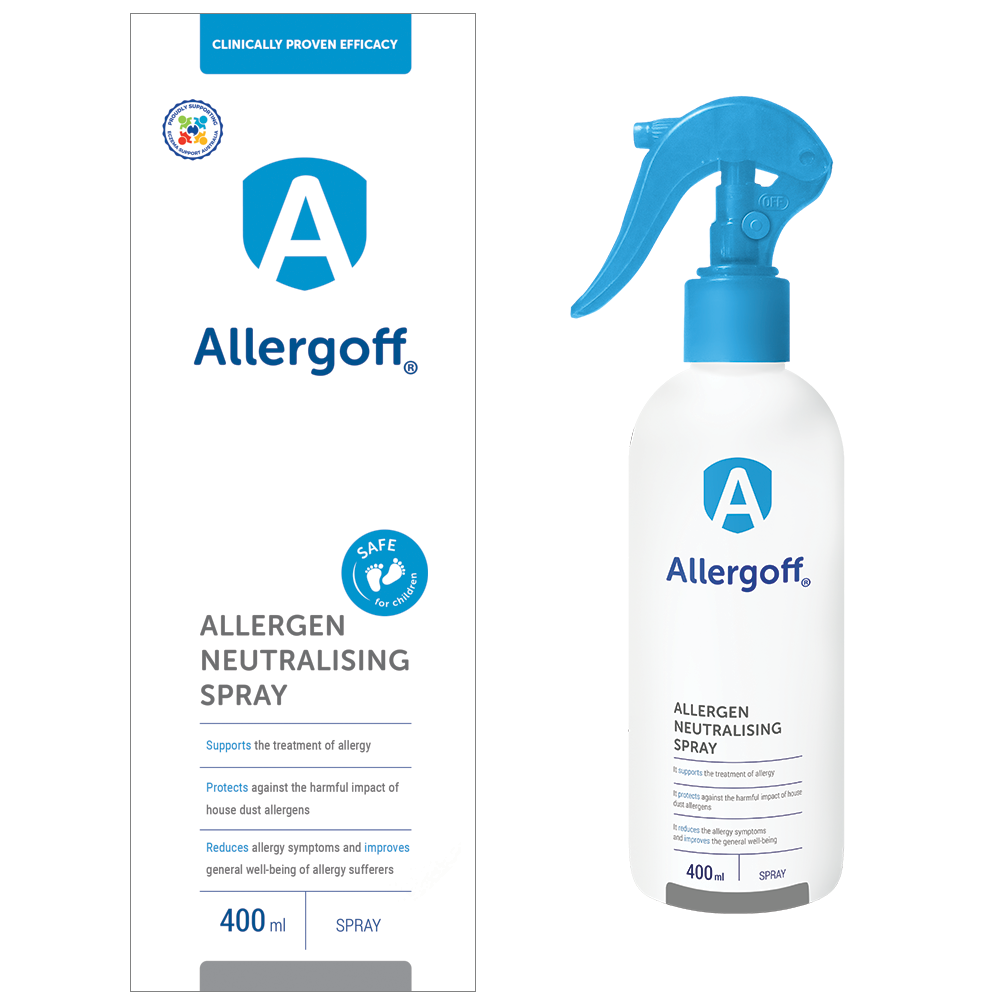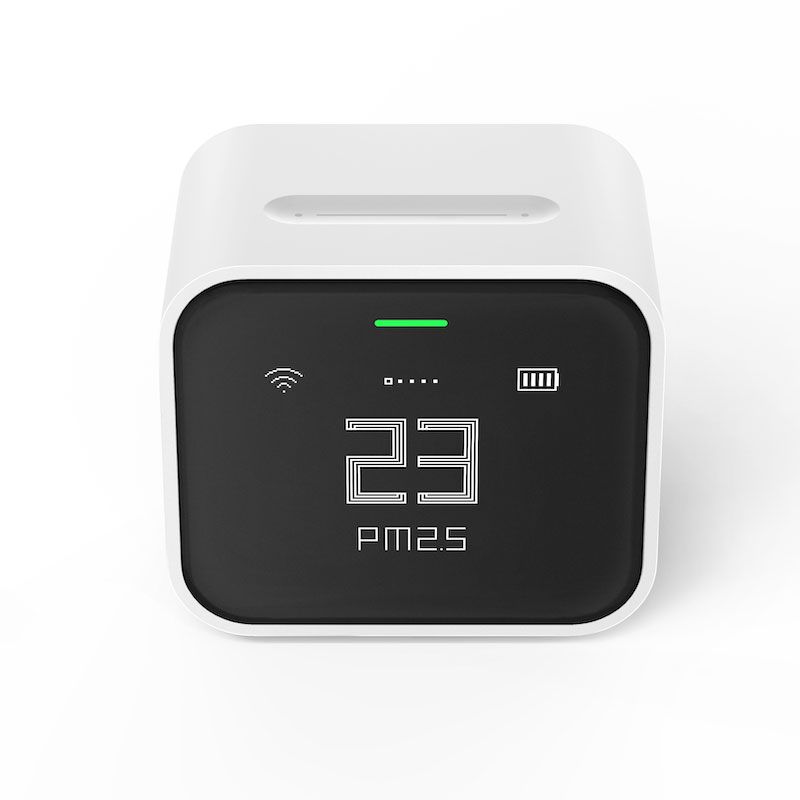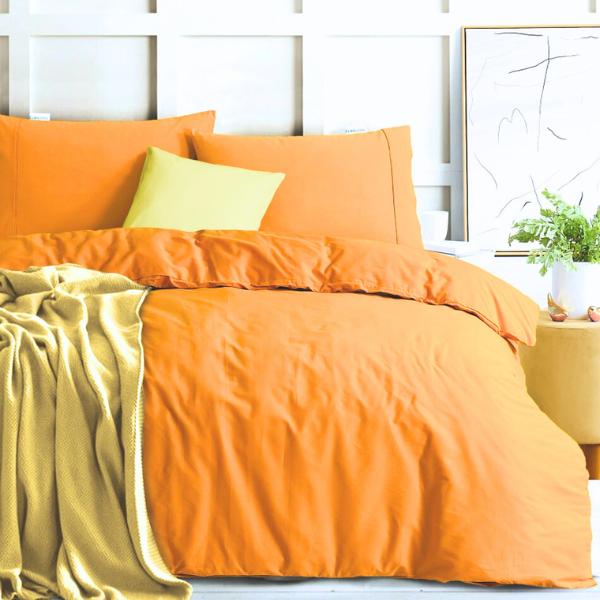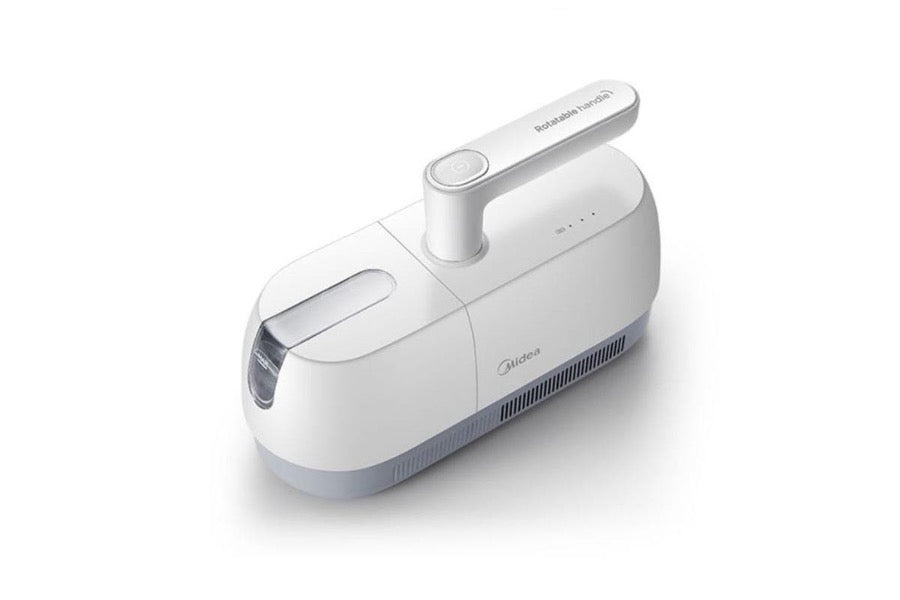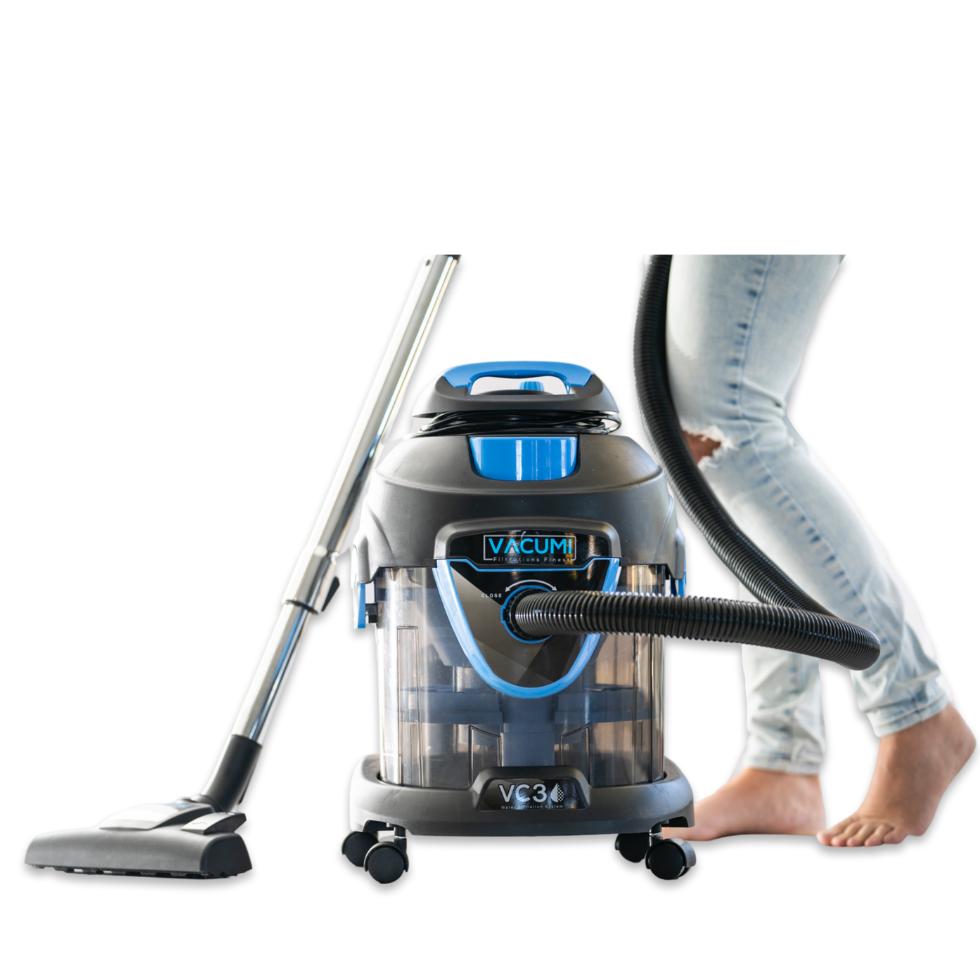An average used mattress can serve as a thriving habitat for a staggering population of dust mites, numbering anywhere from 100,000 to a jaw-dropping 10 million. These minuscule creatures, rapid reproducers, find their cozy haven in the very place you seek rest. As if this revelation isn't unsettling enough, the allergens these dust mites produce are primarily concealed within their feces.

A single dust mite's daily contribution can include up to 20 fecal pellets, releasing allergenic particles that stealthily take flight in your sleep environment. And as time unfolds, the evidence accumulates – the weight of your mattress may surge by up to 10% due to the insidious build-up of dust mite debris, skin cells, and their waste. This isn't just an alarming weight gain; it's a tangible manifestation of the concealed world thriving beneath your bedding's surface.
-
How do dust mites end up in your bed?
- 5 Shocking facts about dust mites in mattresses
- Do mattress protectors help with allergies?
- Can dust mites get through mattress protector?
- How can dust mite mattress protectors help with allergies
- What mattress protectors are available in Australia?
- Zippered dust mite mattress protectors
- How often to wash your dust mite mattress cover
- How to wash dust mite protector
How do dust mites end up in your bed?
Dust mites make their way into beds through several routes, leveraging their tiny size and the plentiful supply of their favorite food: shed human skin cells. These minuscule pests can hitch a ride on clothes, skin, and hair, or even drift in with the air, finding refuge in the cozy, moist surroundings of our mattresses and bedding. Given that humans naturally shed thousands of skin cells each day, our beds provide an ideal feeding and breeding ground for dust mites. The humidity generated by our bodies while we sleep further enhances the environment for dust mites to flourish. Although routine cleaning and using protective bed coverings can reduce their numbers, the basic conditions of our sleeping spaces naturally favor the proliferation of dust mites.
5 Shocking facts about dust mites in mattresses
- A single mattress can be home to up to 10 million dust mites, feeding off human skin flakes.
- Dust mites produce about 20 droppings each day, each containing allergenic proteins that can trigger asthma and allergies.
- Dust mites thrive in humid environments, making mattresses a perfect breeding ground due to the moisture produced by the human body during sleep.
- Despite their prevalence, dust mites are invisible to the naked eye, measuring only about a quarter to a third of a millimeter long.
- Dust mite allergens are a leading cause of year-round allergies and asthma, affecting millions of people worldwide.
Do mattress protectors help with allergies?
Dust mite mattress protectors serve as an effective defense against dust mite allergens by encasing the mattress in a tightly woven fabric, which prevents these microscopic creatures and their waste from coming into contact with sleepers. These mattress protectors, designed with small pore sizes, block the passage of allergens while still allowing the mattress to breathe, ensuring a comfortable sleep environment. By maintaining a barrier against moisture and allergens, these protectors not only improve sleep quality for individuals with allergies or asthma but also extend the lifespan of the mattress.
Can dust mites get through mattress protector?
If the mattress protector is specifically designed to guard against dust mites and is made of tightly woven fabric with a pore size small enough (usually less than 10 microns), it can effectively prevent dust mites and their allergens from passing through. High-quality mattress protectors for dust mites are engineered to create an impermeable barrier to mites, their waste products, and other potential allergens.
However, not all mattress protectors are created equal. Standard mattress protectors without specific anti-allergen properties or with larger pore sizes may not provide adequate protection against dust mites. Therefore, for effective protection, it's important to choose a protector that is explicitly marketed as being anti-dust mite and to ensure it covers the mattress completely, ideally with a zippered enclosure to seal off any potential entry points.
How can dust mite mattress protectors help with allergies
A dust mite mattress protector can be a game-changer for allergies in a few ways:
Barrier Against Dust Mites: These protectors create a physical barrier that prevents dust mites from getting into your mattress. Since dust mites are a major source of allergens, this barrier significantly reduces your exposure to them.
Allergen Shield: The tight weave of the protector's fabric prevents dust mite debris and their waste particles from escaping the mattress and becoming airborne. This means fewer allergens floating around your sleeping space.
Minimised Allergic Reactions: By reducing dust mite allergen exposure, these protectors can help alleviate common allergic reactions like sneezing, runny nose, and itchy eyes, allowing for a more restful sleep.
Asthma Management: For individuals with asthma, dust mite allergens can trigger respiratory symptoms. Using a dust mite mattress protector can contribute to better asthma management by reducing allergen exposure during sleep.
Hygienic Sleep Environment: These protectors also guard against spills, stains, and general mattress wear, promoting a cleaner sleep environment that's less likely to harbor allergens.
Easy to Clean: Dust mite mattress protectors are typically easy to remove and machine washable, making regular cleaning a breeze, which is essential for allergy management.
It is important to remember that dust mites are not limited to mattresses alone; they populate pillows and duvets as well, making these additional covers crucial components of an effective allergen-reduction strategy. Utilising dust mite pillow covers, anti allergy duvet covers, and mattress covers collectively offers comprehensive protection against the allergens present in our sleep environment.
By enveloping the entire bedding setup, we create an enclosed zone that minimises the escape of dust mite allergens and their waste particles. This multi-layered approach significantly reduces allergen exposure during sleep, addressing potential sources of discomfort that can lead to sneezing, congestion, and other allergic reactions. By combining dust mite pillow covers, duvet covers, and mattress covers, we establish a holistic defense that promotes better sleep quality and overall well-being.
What mattress protectors are available in Australia?
There are several types of dust mite mattress protectors available on the market, each with its own features and benefits:
Encasement Protectors: These fully encase the mattress and are sealed with a zipper, offering complete protection against dust mites, bed bugs, and other allergens. They are often made of tightly woven fabric to prevent dust mites from entering or exiting the mattress.
Fitted Sheet Protectors: Similar to a fitted sheet, these protectors cover the top and sides of the mattress but do not encase it entirely. While they provide a barrier against dust mites on the surface, they offer less protection than full encasements.
Waterproof Protectors: Many dust mite mattress protectors also include a waterproof layer, which not only protects against dust mites but also guards against spills and stains. This type is particularly useful for children's beds.
Hypoallergenic Protectors: Made from materials that are less likely to cause allergic reactions, these protectors are designed to minimize exposure to dust mites and other potential allergens, like pet dander and pollen.
Breathable Protectors: Constructed from materials that allow air to circulate, breathable protectors help to reduce heat and moisture on the sleeping surface, creating a less hospitable environment for dust mites.
Organic Protectors: For those who prefer natural materials, organic mattress protectors are made from untreated, non-synthetic fabrics, such as organic cotton, which is grown without pesticides or chemical fertilisers. While they provide a healthier sleep environment, it's important to ensure they are tightly woven to prevent dust mite penetration.
Zippered dust mite mattress protectors
Dust mite mattress protectors with zipper offer several benefits, particularly for those suffering from allergies or asthma caused by dust mites. Here are some of the key advantages:
-
Complete Encasement: Zippered protectors fully encase the mattress, providing comprehensive protection against dust mites, their eggs, and fecal matter, which are common allergens.
-
Barrier Against Allergens: They act as an effective barrier, preventing dust mites from coming into contact with the skin and the air you breathe while sleeping, thus reducing allergic reactions and improving sleep quality.
-
Protection from Other Pests: Besides dust mites, these protectors also safeguard against bed bugs, pet dander, and other potential allergens, offering a more hygienic sleeping environment.
How often to wash dust mite mattress cover
Dust mite mattress covers typically require washing just once or twice a year, except in cases of spills. To prolong the mattress cover, it is recommended to use a regular mattress protector on top of it and wash it with your bedding.
How to wash dust mite protector
Washing a dust mite mattress protector is essential for maintaining its effectiveness in blocking allergens.
-
Check the Manufacturer's Instructions: Before washing, always refer to the care label or instructions provided by the manufacturer. These instructions will specify the recommended washing and drying settings to ensure the protector's integrity and functionality are preserved.
-
Remove and Shake Off: Gently remove the protector from the mattress, taking care to shake off any loose debris or dust outside to prevent spreading allergens inside your home.
-
Machine Wash: Most dust mite mattress protectors can be machine washed. Use a mild, hypoallergenic detergent and set your washing machine to a warm water cycle (check the manufacturer's recommendation for the exact temperature, as some protectors may allow hot water washing, which is more effective in killing dust mites).
-
Avoid Bleach and Fabric Softeners: Do not use bleach or fabric softeners, as these can degrade the fabric of the protector and diminish its allergen-blocking capabilities.
-
Tumble Dry on Low: Dry the protector in a dryer on a low heat setting. High heat can damage the waterproof layer (if present) and affect the protector's structure. Some protectors can air dry, but ensure they are completely dry before placing them back on the mattress to prevent mold and mildew growth.
-
Ironing and Dry Cleaning: Generally, it is not recommended to iron or dry clean dust mite mattress protectors, as high heat or chemicals can damage the protective barrier.
